All hippie communes are different. In the 60s, some were religious communities while others were secular. Some were strictly self-sufficient farming societies, but other communes owned businesses. And surprisingly, not all communes fancied the use of drugs. Some communes even forbade it.
Commune life wasn’t for everybody and there wasn’t a universal way of living. Each hippie commune developed its own set of rules, beliefs and personality.
By the 80s the attraction surrounding hippie communes had faded. Although there are some still around today, most of what remains from the 60s and 70s are photographs reminiscent of a more vibrant commune culture.
Father Yod, formally known as James Baker, was a hippie commune leader in the 60s. The group known as the Source Family lived together in a Hollywood Hills mansion and they adopted a way of life that promoted natural health, vegetarian diets, shared living and utopian ideals.
In 1970, Stephen Gaskin and other original “flower children” from San Francisco didn’t like the changing scene at Haight-Ashbury, which had turned to the use of hard drugs. About 350 of his followers headed to Tennessee to get a piece of land and live a different life.

They say Father Yod was a bit of a pervert and his behaviour drew him a lot of attention and criticism. He had thirteen wives and sired many, many children.
The family owned a restaurant in Los Angeles called “Source” and banked $10,000 a day during its peak.
Ya Ho Wa 13, was the family band that played psychedelic rock. They produced nine full long-play vinyl records and sold them at their restaurant. It’s rumoured that over 65 albums were recorded by the group but were lost over the years.
Yod died in 1975, after using a hang-glider to leap off a 1,300-foot cliff on the eastern shore of Oahu, in Hawaii. He crash-landed on the beach and died nine hours later.
His legacy lives on through a book that was written by family members, Isis and Electricity Aquarian, in 2006. A revised version of the book was published a year later by Process Media.
The Farm is a hippie commune that was established in 1971, in Lewis County, Tennessee, by Stephen Gaskin, and 420 San Francisco hippies.
Gaskin and his friends led a caravan of 60 buses, vans and trucks on a four month speaking tour across the US. They became a community on their travels only lacking land. When they returned home, they made a collaborative decision to by some property in Tennessee to start building their home.
For this commune smoking marijuana was a rite, and they did not use alcohol or other drugs. They believed in the holiness of life, and experiencing a world of higher consciousness.
Today the Farm has 150 residents, who are mostly baby boomers. The Farm keeps in contact with its 4000-plus members through email, social media, and an annual reunion, which is held each summer. Many members have gone on to become leaders in different fields, maintaining a sense of right livelihood.
The ultimate hippie commune was a paradise last known as Taylor Camp. This hippie commune was founded in 1969, with 13 hippies seeking refuge from the ongoing riots in America and police brutality. They fled to a remote land on Hawaii that had no electricity and they began to build camp using bamboo, scraps of lumber and salvaged materials. They lived off the land and recruited a medic and a midwife.
Word spread fast about the peace-loving commune. Hippies, surfers and even distressed Vietnam War veterans traveled far to start a new life in the unrestricted beach community.
Drugs, naturism and play were a big part of this commune and the local Hawaiian community had mixed feelings about it. Sadly, the hippies’ luck ran out and in 1977, when the village was condemned and the residents were evicted.
The Farm still exists today with about 170 members.

In the early days of the commune, farm members took serious vows of poverty. They owned few possessions, used no artificial birth control, alcohol, tobacco, animal products, or–and this was unusual for communes–no man-made psychotropics (LSD)
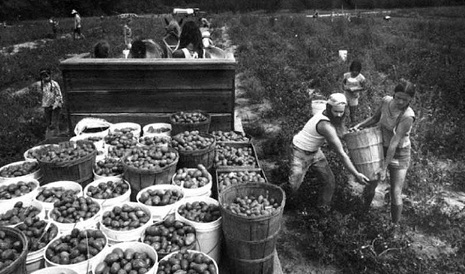

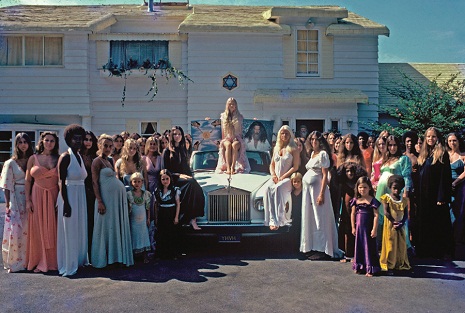
The Source Family Band practiced every morning at 3AM. Together they recorded more than 60 limited-pressing records of psychedelic rock chants and prayers

Father Yod was not a young man, and he had 13 youthful, beautiful wives. His pervy behaviour drew some serious criticism.
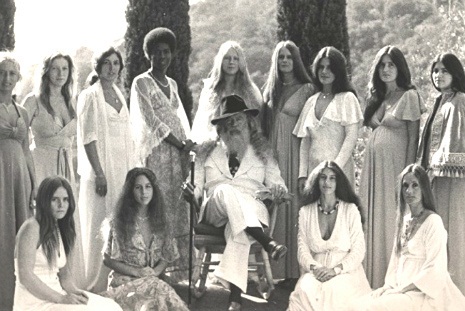
Since he had 13 wives, Father Yod also had many children
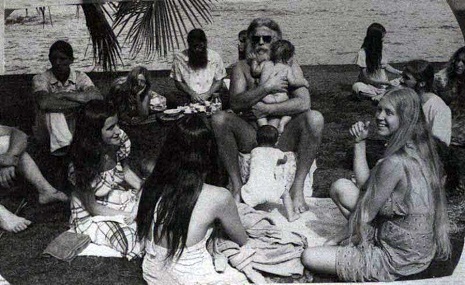
Taylor Camp was a tropical ocean-front utopia in Hawaii without rules, politics, or bills to pay
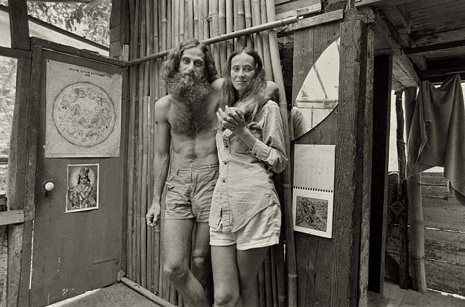
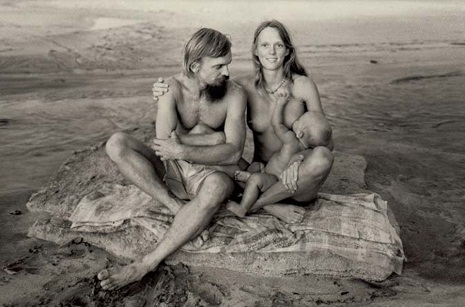
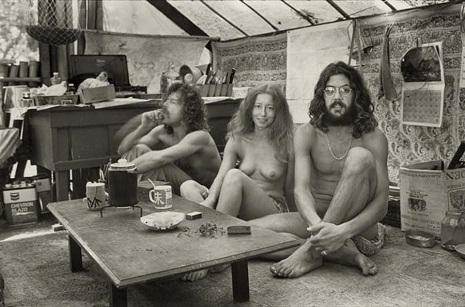
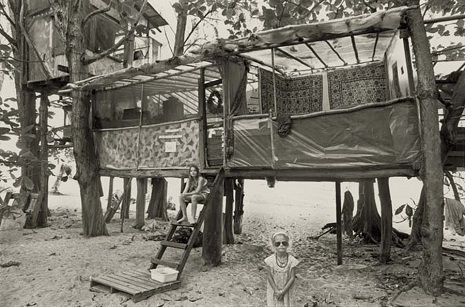
More about:
















































